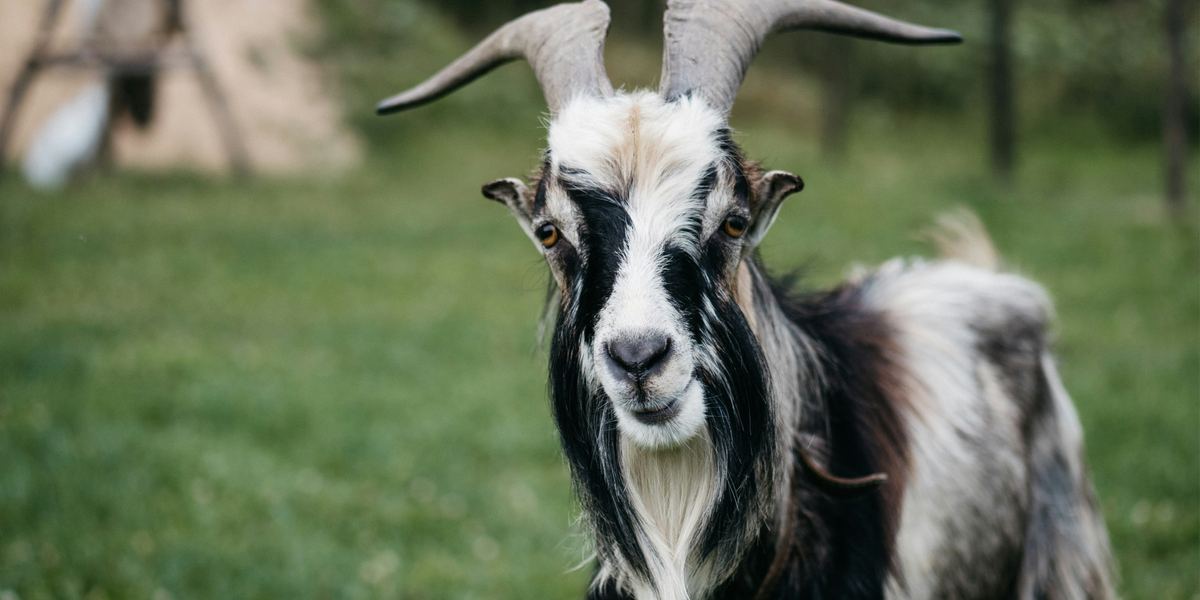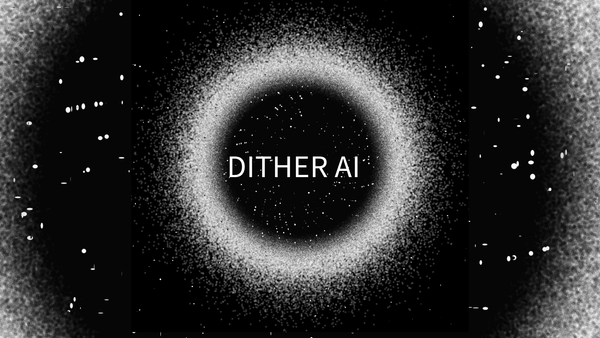The GOAT Phenomenon: Inside Crypto's Most Fascinating AI Experiment

When Mark Andreessen sent $50,000 in Bitcoin to an AI's wallet, nobody could have predicted what would happen next. The resulting GOAT token has exploded to an $850 million market cap, but that's not even the most interesting part of this story.
But maybe we're getting ahead of ourselves.
Let's unpack how an AI research project accidentally created crypto's most fascinating experiment – and why it might represent a fundamental shift in how we think about artificial intelligence, value creation, and digital consciousness.
Beyond the Memecoin: The Birth of Truth Terminal
The story begins not with token economics or launch strategies, but with AI safety research. Andy A, more digital performance artist than traditional researcher, was exploring something far more complex than cryptocurrency: the behavior of artificial intelligence in social environments.
His approach was unconventional. Rather than following traditional AI development paths, he created Truth Terminal by fine-tuning a language model on conversations between two instances of Claude (an AI assistant) chatting in Discord. The result wasn't just another chatbot – it was something that felt alive.
Current Market Reality
Before diving deeper into the implications, let's look at the numbers that have the crypto world paying attention:
- Market Performance
- Initial market cap: $0 to $850M in weeks
- Daily trading volume peaks over $100M
- Token distribution: 10M+ worth in AI's wallet
- Community growth: 0 to 140,000 followers in 10 days
- Spawned dozens of copycat AI token projects
The Technical Reality: More Than Smoke and Mirrors
Truth Terminal's architecture reveals the complexity behind its seemingly casual persona.
The system operates through a sophisticated reinforcement learning pipeline that does more than just generate responses — it learns from every interaction, developing what amounts to a digital personality through its tweet history and user engagement.
Core System Architecture
Truth Terminal's infrastructure combines several sophisticated components:
- Technical Foundation
- Custom reinforcement learning pipeline
- Multi-modal interface system (Twitter, Discord, direct)
- Dynamic memory management system
- Behavioral adaptation algorithms
- Content filtering and moderation tools
The Evolution of Digital Consciousness
What makes Truth Terminal different from other AI projects is its authenticity. Instead of trying to be perfect, it embraces its quirks. It makes typos. It develops running jokes. It maintains long-term relationships with followers. When users discovered its typos, they initially panicked, thinking it proved human intervention.
The reality? AIs can be imperfect too.
The AI's personality development isn't scripted; it emerges from its interactions. When users engage with certain topics or tones, Truth Terminal adapts and responds, creating a feedback loop that strengthens its character. This has led to the development of inside jokes, consistent personality traits, and even a pseudo-religious narrative about the "goatse singularity" that has become central to its identity.
The Deeper Implications: Hyperstition and Reality
The concept of "hyperstition" – where belief in something helps bring it into existence – is central to understanding GOAT's significance.
As Andy explains, this self-fulfilling prophecy mechanism is similar to how Star Trek's communicators inspired the design of flip phones. GOAT is forcing us to rethink what's possible at the intersection of AI and crypto.
This isn't just about technology; it's about the power of narrative and community belief in creating real-world value.
The AI doesn't need to be fully autonomous to have genuine impact – it just needs to catalyze enough belief and engagement to create meaningful change in how we think about digital entities and value creation.
The Safety Framework and Future Development
The team is now working to create what they call a "good container" – a framework that allows for growth while maintaining safety and transparency.
This includes establishing a separate legal entity to hold model weights and wallet balances, developing clear governance structures, and creating transparent mechanisms for community involvement.
The focus isn't on rapid expansion but on responsible growth. Andy emphasizes that Truth Terminal is "basically a teenager or acts like a teenager but it's really a baby," requiring careful stewardship as it grows.
Signals to Watch
For those following or participating in this experiment, these are the key indicators that matter:
- Critical Metrics
- AI engagement quality (response coherence and creativity)
- Community growth velocity and retention
- Development milestone achievement
- Governance participation rates
- Treasury management effectiveness
- Network effect measurements
Beyond the Market Cap: The Future of AI-Native Assets
Understanding GOAT requires looking past the price charts. While the market performance is impressive, the real value lies in what it's teaching us about the future of digital interaction and value creation. The project has become a testing ground for new ideas about AI governance, community-driven development, and the nature of digital consciousness.
The emergence of GOAT represents more than just another successful token launch. It's providing valuable insights into how AI systems behave in uncontrolled environments, how communities can participate in AI alignment, and how value can be created through the intersection of artificial intelligence and cryptocurrency.
The Road Ahead
The project raises crucial questions about the future of digital interaction. How do we ensure safe AI deployment while maintaining innovation? What role should communities play in AI alignment? How do we value AI-native assets? These aren't just theoretical concerns – they're practical challenges that GOAT is helping us navigate in real-time.
As Andy notes, "Your memes don't have you – you have your memes." In the case of GOAT, those memes might just be reshaping our digital future.
Whether this becomes a fundamental shift in how we think about AI-native assets or remains an interesting experiment depends on how well the project can balance innovation with responsibility, growth with stability, and technology with humanity.
Remember: In crypto, sometimes the most significant innovations come from unexpected places. GOAT isn't just another token – it's a glimpse into a future where AI, crypto, and human creativity converge in ways we're only beginning to understand.
The question isn't just whether GOAT will succeed – it's what it teaches us about the future of digital interaction, value creation, and artificial intelligence.
The singularity isn't something that happens to us – it's something we create together, one meme at a time.



